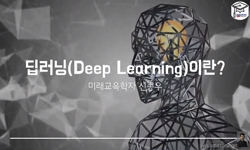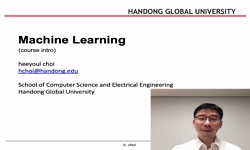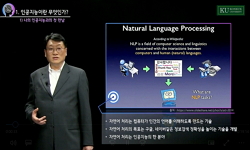Background and Purpose: The emotions of people at various stages of dementia need to be effectively utilized for prevention, early intervention, and care planning. With technology available for understanding and addressing the emotional needs of peopl...
http://chineseinput.net/에서 pinyin(병음)방식으로 중국어를 변환할 수 있습니다.
변환된 중국어를 복사하여 사용하시면 됩니다.
- 中文 을 입력하시려면 zhongwen을 입력하시고 space를누르시면됩니다.
- 北京 을 입력하시려면 beijing을 입력하시고 space를 누르시면 됩니다.
https://www.riss.kr/link?id=A109245987
- 저자
- 발행기관
- 학술지명
- 권호사항
-
발행연도
2024
-
작성언어
English
- 주제어
-
등재정보
KCI등재
-
자료형태
학술저널
- 발행기관 URL
-
수록면
146-160(15쪽)
- DOI식별코드
- 제공처
-
0
상세조회 -
0
다운로드
부가정보
다국어 초록 (Multilingual Abstract)
Background and Purpose: The emotions of people at various stages of dementia need to be effectively utilized for prevention, early intervention, and care planning. With technology available for understanding and addressing the emotional needs of people, this study aims to develop speech emotion recognition (SER) technology to classify emotions for people at high risk of dementia. Methods: Speech samples from people at high risk of dementia were categorized into distinct emotions via human auditory assessment, the outcomes of which were annotated for guided deep-learning method. The architecture incorporated convolutional neural network, long short-term memory, attention layers, and Wav2Vec2, a novel feature extractor to develop automated speech-emotion recognition. Results: Twenty-seven kinds of Emotions were found in the speech of the participants. These emotions were grouped into 6 detailed emotions: happiness, interest, sadness, frustration, anger, and neutrality, and further into 3 basic emotions: positive, negative, and neutral. To improve algorithmic performance, multiple learning approaches were applied using different data sources-voice and text-and varying the number of emotions. Ultimately, a 2-stage algorithm-initial text-based classification followed by voice-based analysis-achieved the highest accuracy, reaching 70%. Conclusions: The diverse emotions identified in this study were attributed to the characteristics of the participants and the method of data collection. The speech of people at high risk of dementia to companion robots also explains the relatively low performance of the SER algorithm. Accordingly, this study suggests the systematic and comprehensive construction of a dataset from people with dementia.
동일학술지(권/호) 다른 논문
-
- Korean Dementia Association
- Chaejin Lee
- 2024
- KCI등재
-
A Comparison of Item Characteristics and Test Information Between the K-MMSE~2:SV and K-MMSE
- Korean Dementia Association
- Jihyang Kim
- 2024
- KCI등재
-
- Korean Dementia Association
- Hasom Moon
- 2024
- KCI등재
-
Assessing the Impact of Defacing Algorithms on Brain Volumetry Accuracy in MRI Analyses
- Korean Dementia Association
- Dong-Woo Ryu
- 2024
- KCI등재





 ScienceON
ScienceON






